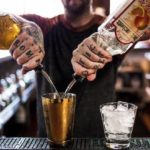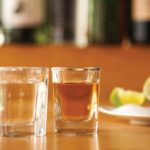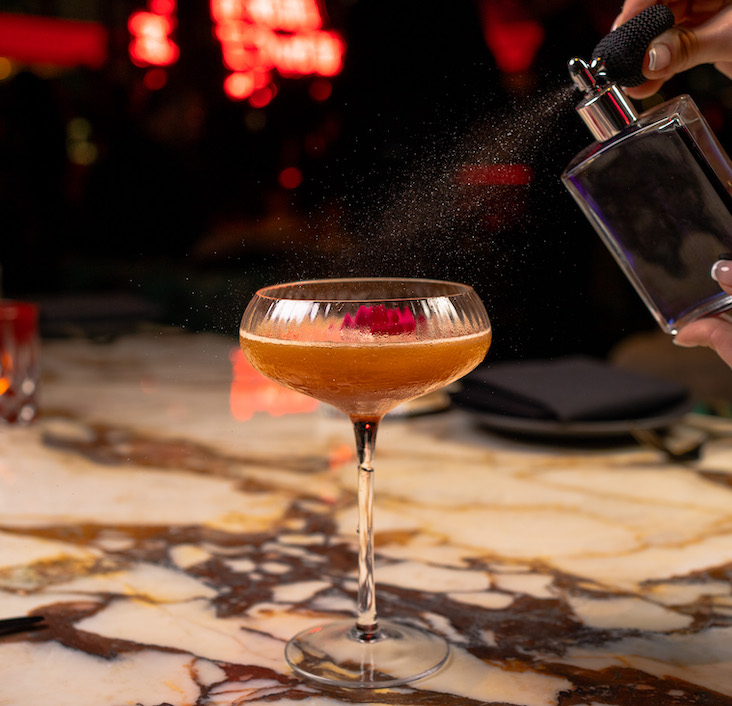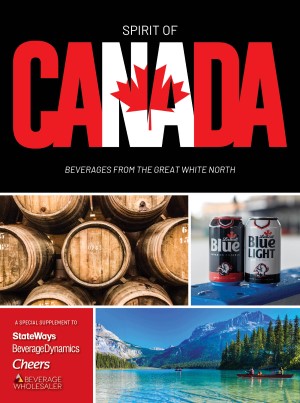Sparkling wine is all about fun and celebration: The mere sound of the cork popping can elicit giddy excitement. And as consumers in the U.S. discover bubbly wines for everyday drinking and food pairings, bar and restaurant operators now stock a number of different sparklers at a range of styles and price points.
Prosecco has been the big story for several years, as consumers worldwide have embraced the Italian sparkler and aperitivo culture. But several other sparkling wine trends have bubbled up, from new innovations in Champagne, as well as options from less-expected regions, pairings that shine and how bartenders are using bubbles.
Minimal intervention sparklers
Champagne remains the pinnacle for quality sparkling wine, and traditional producers have embraced modern techniques. For instance, Champagnes now often opt for minimal intervention, “with many houses moving as close to biodynamic wine growing as possible,” says Crystal Hinds, owner/operator of Effervescence restaurant in New Orleans.
“There is a tendency to avoid pesticides due to years of overuse, and also to lower yields to preserve quality,” Hinds adds. Examples of these wines on her list include Leclerc Briant Brut Reserve ($145 a bottle) and the 2004 Bedel et Fils L’âme de la Terre ($180 a bottle).
Effervescence always offers at least 33 different sparkling wines by the glass. Prices range from $5 for a 2.5-oz. pour of prosecco to $140 for a full glass of 2007 Champagne Salon Le Mesnil Blanc de Blancs. The restaurant also carries more than 225 bottles priced $42 to $700, plus a handful of larger-format bottle options—such as a 6-litre bottle of Veuve Clicquot Yellow Label Champagne that it sells for $1,400.
Lower-sugar Champers
Along the same lines as minimal intervention, Champagne producers have been lowering the sugar. This trend has resulted in an uptick in brut or brut nature styles with little added dosage.
Effervescence has a handful of these wines on the menu, including the 2009 Louis Roederer “Starck” Brut Nature ($175 a bottle), The Tarlant Zéro Brut Nature ($120 a bottle) and Benoit Lahaye Brut Nature ($162 a bottle.)
Hinds points out that this is not new for some houses; Dom Pérignon has always kept the dosage low on its offerings, as with the 2006 Dom Pérignon Brut ($300 a bottle). Whether they are labeled zéro dosage, brut nature or brut zéro, these wines tend to be austere, lean and crisp—perfect for fans of high-acid wines that don’t especially enjoy the roundness or viscosity that a higher dosage can bring.
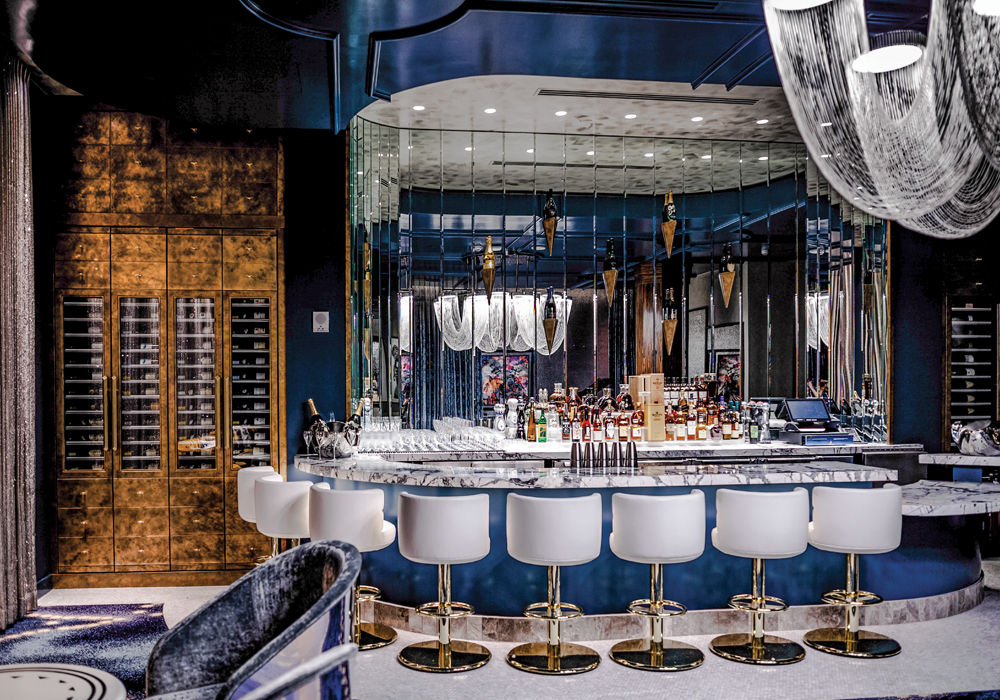
Mandy Sparacino, wine director for Del Frisco’s Double Eagle Steakhouse in Los Angeles, has also noticed increased increase in lower-dosage bubbly. The steakhouse curates its own wine program, which is worth over $2 million and boasts 2,000 labels and 10,000 bottles.
This Del Frisco’s location also includes a new space called The Edith, a 38-seat Champagne bar with a separate list and a culinary focus of elevated small bites. The bar features 15 sparkling wines by the glass and six premium pours (kept fresh via the Coravin preservation system), priced $15 to $145.
The Edith also offers 94 bubblies by the bottle ranging in price from $58 to $5,000. “This is the first-ever, separate full-service lounge in the Del Frisco’s brand, which makes the experience extra special,” Sparacino says.
Late-disgorged Champagne arrives
Sparacino has also witnessed guests requesting late-disgorged Champagne, which has been left on the lees (the residual yeast from fermentation) longer than the required aging time. This process results in added body and notes of brioche and yeast. For example, the 2002 Bollinger RD (the “RD” stands for “recently disgorged”) is so rich and full-bodied that it can stand up to a steak. “There is also an increased curiosity with older vintage Champagne, which is very exciting to me, as one of my favorite parts of being in this industry is educating guests on bubbles,” Sparacino notes.
Growth in grower offerings
Grower Champagne is made with estate-grown grapes, which is not the norm in the Champagne region, as producers generally purchase grapes from other growers. Like vintage Champagne, grower Champagne fascinates for its potential vintage variation.
Whereas many houses aim for consistency in non-vintage (NV) styles by blending wine fermented in a vintage year with reserves stored in the cellar, grower Champagne can vary wildly from year to year, which can be exciting—and perhaps a bit frustrating—for bubbly fans.
Effervescence has about 35 grower Champagnes on its list, including the NV Tribaut Blanc de Chardonnay ($90 a bottle) and the Dumangin “Le Rosé 1er Cru Brut ($100 a bottle), as well as other grower bubbly from around the world.
Grower Champagne can indeed be difficult to wrap your head around, says Los Angeles-based wine connoisseur Dan Perrelli, managing partner for the annual Effervescence Champagne and sparkling event (and no relation to the aforementioned wine bar.)
“Many grower offerings suffer from extreme bottle variation in the name of naturalness,” he notes. “There are true master growers such as Laherte, Lahaye and Laval, but these wines require the drinker to meet them halfway; [and] most drinkers are unwilling to take the trip.”
The goal of his event, which spans three days and includes tastings, pairings, classes and dinners, is “to see Champagne and sparkling wines are part of a great family tradition of twice-fermented wines that celebrate life and belong at the table with food, family and friends,” Perrelli says.
Cava comes out of the shadows
Exciting, traditional-method bubbles come from all over the world, not just in the region that made it famous. “That’s the beauty of sparkling wine these days,” says Eduard Seitan, partner at One Off Hospitality and wine steward at Avec, a 55-seat Mediterranean restaurant in Chicago. “There are so many great alternatives, and often they can be much better wines than some of the Champagne out there” and even more suitaable to a concept’s cuisine.
Avec offers 250-ml. (a glass and a half) pours of three bubblies priced $13 to $16 and 11 bottles ranging from $39 to $67, with sparklers hailing from France, Greece, Italy, Portugal and Spain.
Cava, produced in the Penedès region of Spain with local grapes xarel-lo, parellada and chardonnay, remains a wallet-friendly traditional-method alternative to Champagne. While some cavas on the market haven’t been the highest-quality wines, that’s changing.
In fact, Seitan believes that cava could emerge to be the next prosecco. “Out of all sparkling wines, they are really trying the hardest to change their image, [and] some can be great.” Avec carries the NV Castell de Calders Brut Rosé Cava, priced at $13 a glass, $39 a bottle.
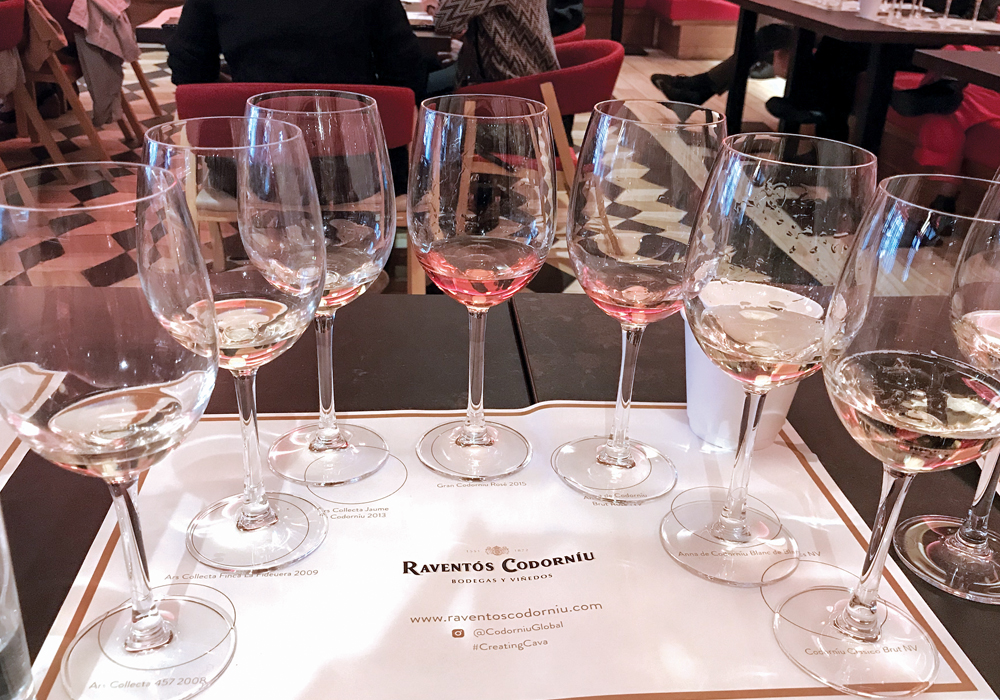
At Effervescence, the Cava, Cava, Cava flight ($19 for three half-pours, $38 for three full pours) is one of the best sellers and features the Montsarra Cava Brut, Mercat Cava Brut Rosé and 2015 Raventós i Blanc de Blancs. “Cava is undergoing some changes in their DOC, so look for some interesting changes on that front like the new DOC Corpinnat,” Hinds says.
Raventós-Codorníu Group, the oldest winegrowing business in Spain, recently created Ars Collecta line of premium cavas. The collection includes the 457—reportedly the world’s most expensive cava with a retail price of about $200—which pays homage to the 457 harvests completed by the Codorníu Estate.
Keep calm and drink British fizz
Due to global warming, areas around southern England, particularly Kent and Sussex, have become prime regions for bubbly production. Chapel Down and Nyetimber, which both released their first bottles in the late 1990s, are two of the pioneers of English sparkling wine. But many others have cropped up in recent years.
Hind fell in love with sparkling wine made in England—British Fizz as it’s colloquially called—before she even opened Effervescence. She stocks eight bottles on the menu such as the Ridgeview “Cavendish” Brut ($75 a bottle) and the 2013 The Bolney Estate “Cuvée Rosé” Brut ($100 a bottle). Hind recently returned from a visit to the Gusbourne Winery and now offers the Gusbourne Brut Reserve ($11 a half-glass, $22 a full glass.)
Sophisticated sparkling sips
Bubbles also make the perfect base for cocktails. The Edith has the Tom Mix ($24), which tops Mumm Napa with Uncle Val’s Restorative Gin, Byrrh Quinquina, ginger juice, lemon and cucumber. “I believe brunch culture with ‘bottomless Mimosas’ have helped with bringing the beverage to the forefront,” Sparacino says.
Effervescence uses bubbly in all of its signature cocktails (listed on the menu as “Bubbles + Troubles”), such as the Stella Gin Fizz ($15) with Ferdinand Saar Dry Gin, St. Germain, crème de violette, hibiscus, lemon, egg white and prosecco; and The Bow & The Beautiful ($14), with Blade & Bow bourbon, Cardamaro, pineapple, lime, Peychaud’s bitters and Domaine Carneros Brut.
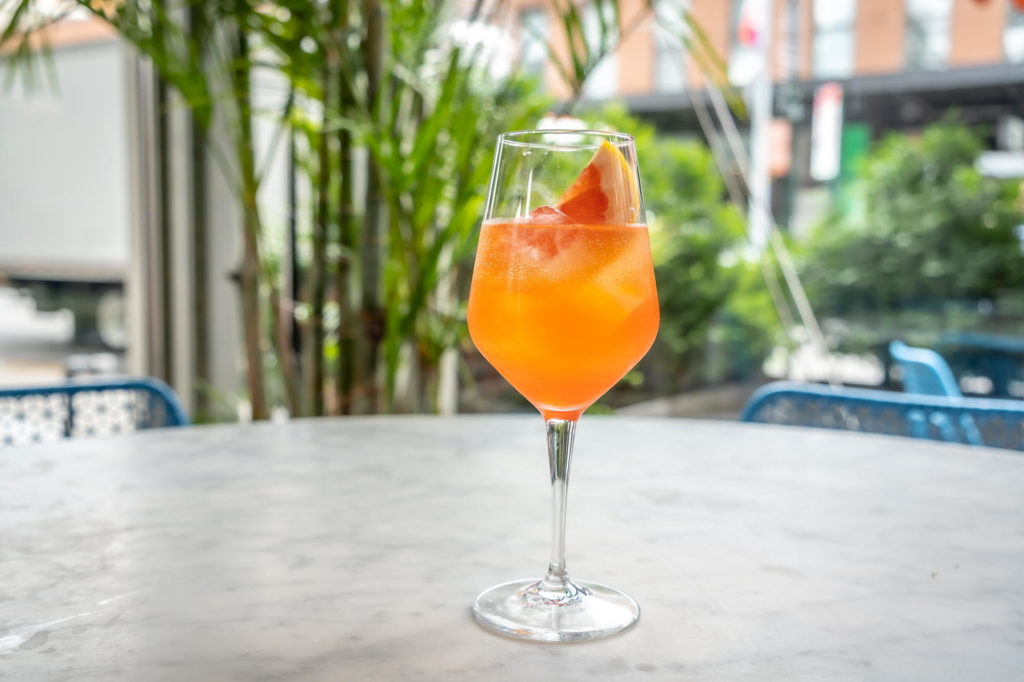
Spritz culture also translates to more bubbly libations on cocktail menus. Santina, a 143-seat restaurant in New York operated by Major Food Group, offers four new Spritzes on the menu. The Pompelmo Cooler, by beverage director Ryan Davis ($10), combines Aperol, grapefruit juice, Peychaud’s bitters, pamplemousse liqueur, Ramona wine spritzer and prosecco.
Praise for pét-nat
Pétillant naturel is the world’s first sparkling wine; its production predates even that of Champagne. Pét-nat is made by the méthode ancestrale, in which wine is bottled and capped before it finishes its primary fermentation. The yeasts continue to feed off the sugars, resulting in a wine with a slight prickle or sparkle.
Pét-nat has become a sommelier’s darling in the past few years, and it’s coming out of France as well as Italy, California and Virginia. Avec carries the Uivo “PT Nat” Branco ($63 a bottle), an organic wine made in Portugal’s Douro Valley with the moscatel galego grape. It also offers the Lise & Bertrand Jousset “Exilé” Rosé Pétillant ($47 a bottle), made in France with organic gamay grapes.
“As the sparkling drinking community is becoming more familiar with the methods, these more unique and artisan styles are becoming very buzz-worthy, and the producers are responding,” Sparacino says.
Indeed, the bubbly category is booming, says Seitan. “As more and more wine buyers are offering bubbles other than Champagne and new sparkling wines are brought into the market at affordable prices, it has made this wine style more accessible to drink on a regular basis,” he says. “Although, I’ve never needed an excuse.”
Kelly Magyarics, DWS, is a wine, spirit, travel and lifestyle writer in the Washington, D.C. area.


